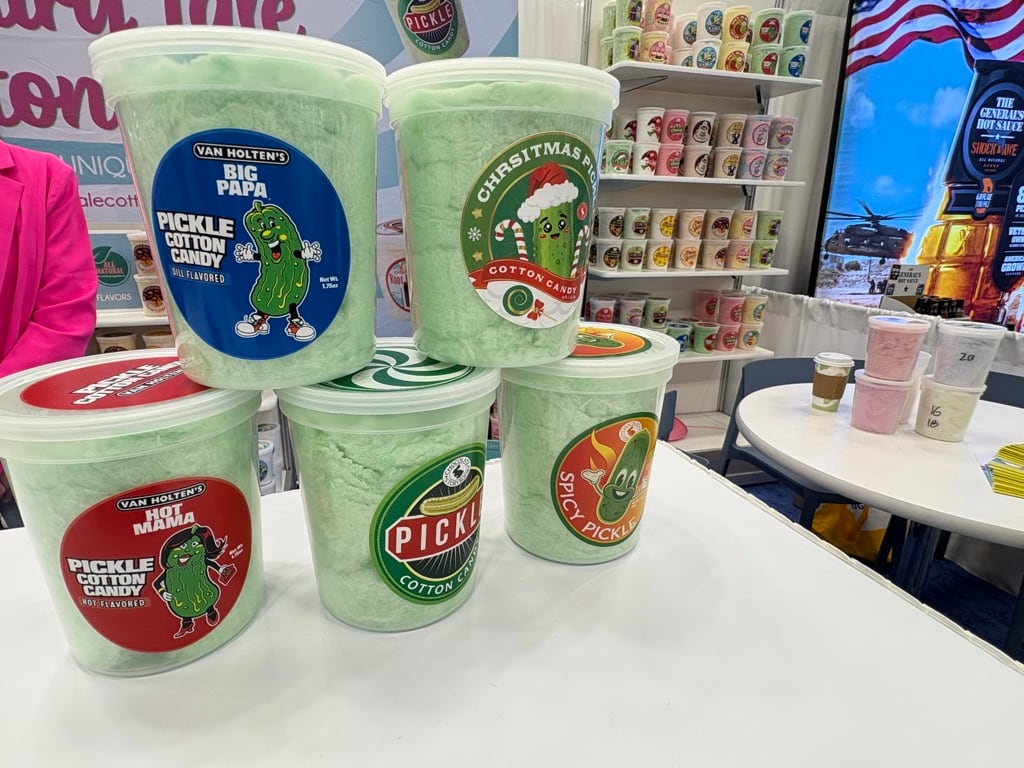Ingredient company Sensient Flavors & Extracts’ BioSymphony flavor portfolio features natural flavors that that offer nuanced notes for a range of applications, such as beverages, baked goods and sauces, according to Suja Senan, senior innovation scientist at Sensient.
“BioSymphony was created through natural processes using biological tools to mask, modify and boost flavors. It is often compared to the versatile Swiss army knife, offering multiple uses,” Senan said.
She continued: “While some traditional flavors have an up-front peak of flavor intensity and a longer lingering aftertaste (think candied strawberry), BioSymphony aids in rounding off the flavors with more depth, balance and freshness (think fresh strawberry).”
Between regulatory policies and consumer preferences emphasizing clean label, natural ingredients in food and beverage products, companies are taking on the complex and costly task of reformulation, particularly around synthetic dyes.
Recently, multinational CPG players like JM Smucker, Nestle USA, Kraft Heinz, General Mills and Conagra Brands, Inc pledged to ditch synthetic dyes, including Red 40, Yellow 5 and 6, Blue 1 and 2 and Green 3.
While synthetic flavors are not off the table for CPG brands, demand for natural flavors continues to shape companies’ product development to stay competitive and relevant on shelves.
‘Creating chords with fewer notes’
BioSymphony’s flavor capabilities are like an orchestra where each instrument contributes to the overall harmony of the piece, according to the company. The flavors are derived from “whole raw materials” to simulate the natural biotransformation processes, like the compounds created in stewed tomatoes versus fresh, Senan said.
“Developers will find they can expand current tools by creating chords with fewer notes,” she noted.
Available in liquid (water and oil soluble) and powder format, BioSymphony’s catalog of flavors essentially rounds out intense tonalities and masks off-notes from caffeine, bitter amino acids, high intensity sweeteners and protein, among others, while simplifying labels and offering product differentiation, she said.
For example, a BioSymphony flavor can cut the alcohol burn and linger in espresso martinis or rev up the fudge flavors in brownies so that they taste homemade, Senan explained.
Both formats allow for non-GMO and organic certification for certain applications. In addition to having global compliance in the European Union, Asia Pacific and Latin American markets, Senan added.
Potential cost savings
The portfolio offers potential cost savings for customers.
According to an internal study, BioSymphony reduced truffle oil in an aioli by 10% “without compromising taste or texture” with a rounder, richer and saltier flavor profile, Senan said.
She added: “BioSymphony can particularly elevate the brown notes in chocolates, coffee and cocoa which opens avenues to assist in reducing their usage.”
All three ingredients face supply shortages and volatile pricing due to climate change and geopolitical pressures.
For companies looking to edit down their flavor library, BioSymphony boosts flavor performance, in addition to reducing or replacing premium or rare ingredients, like vanilla, while preserving flavor and mouthfeel, Senan explained.
“Instead of having multiple strawberry flavors in the library, BioSymphony could potentially help spread out the spectrum from green to juicy,” she said.




